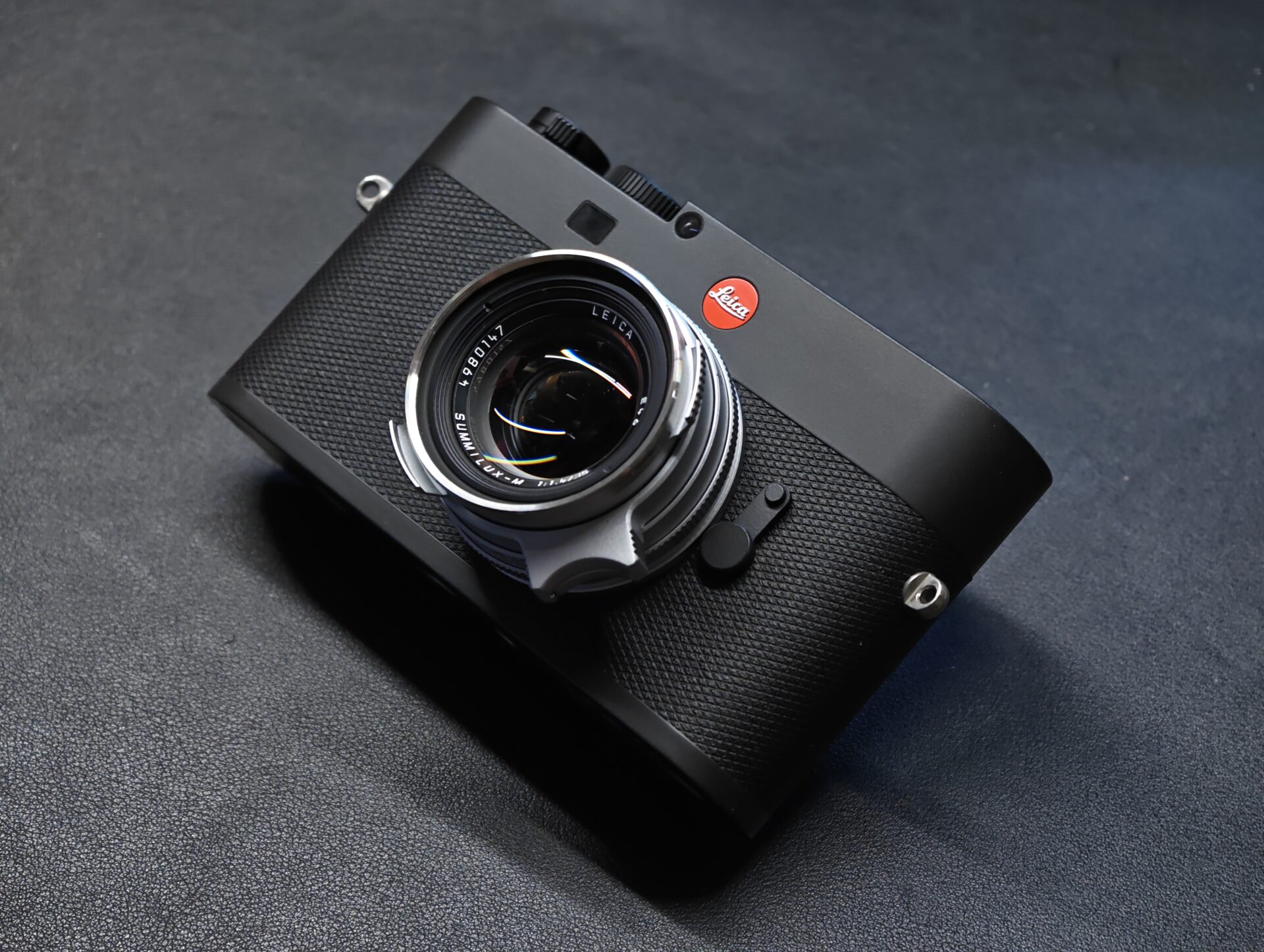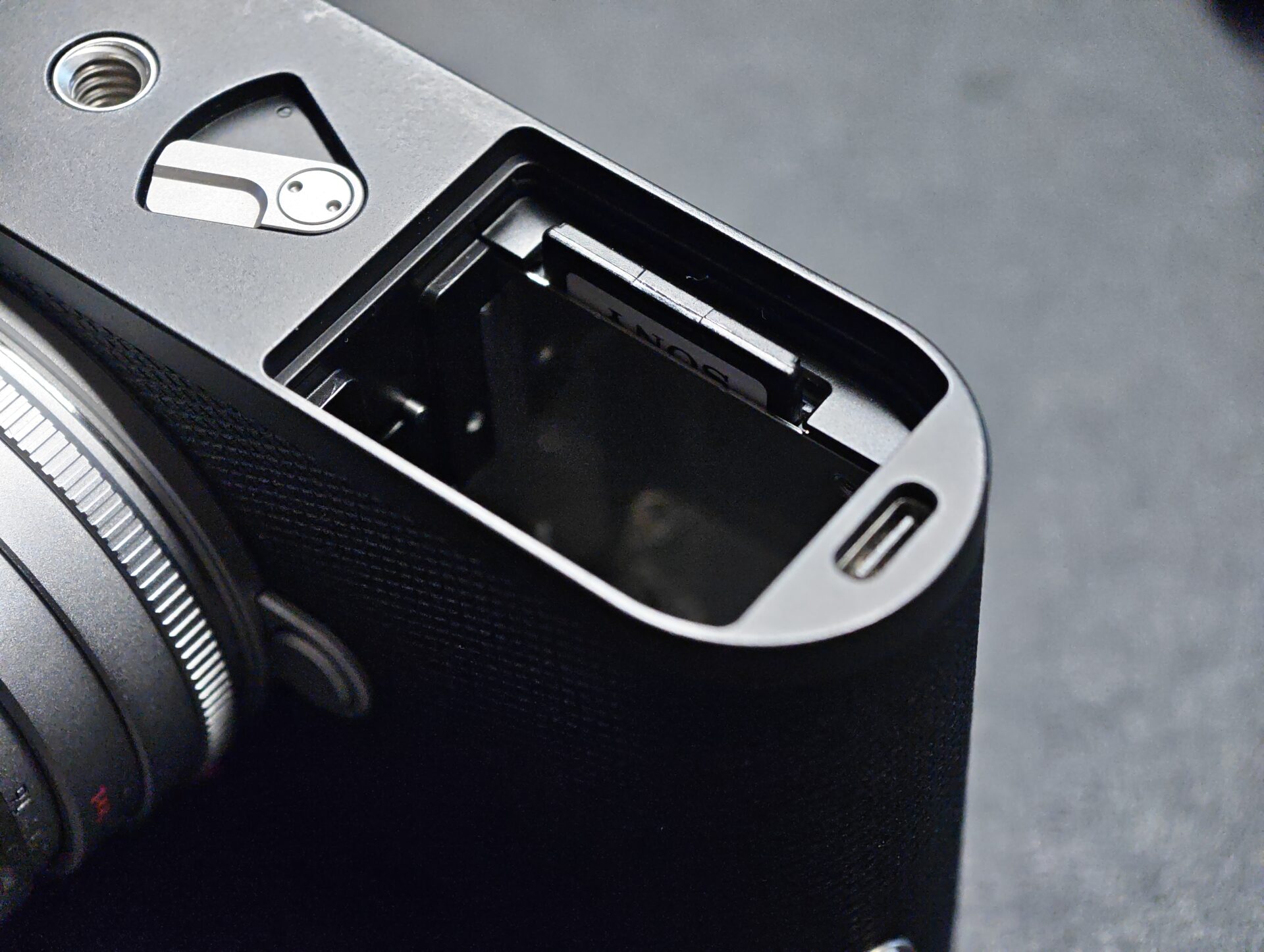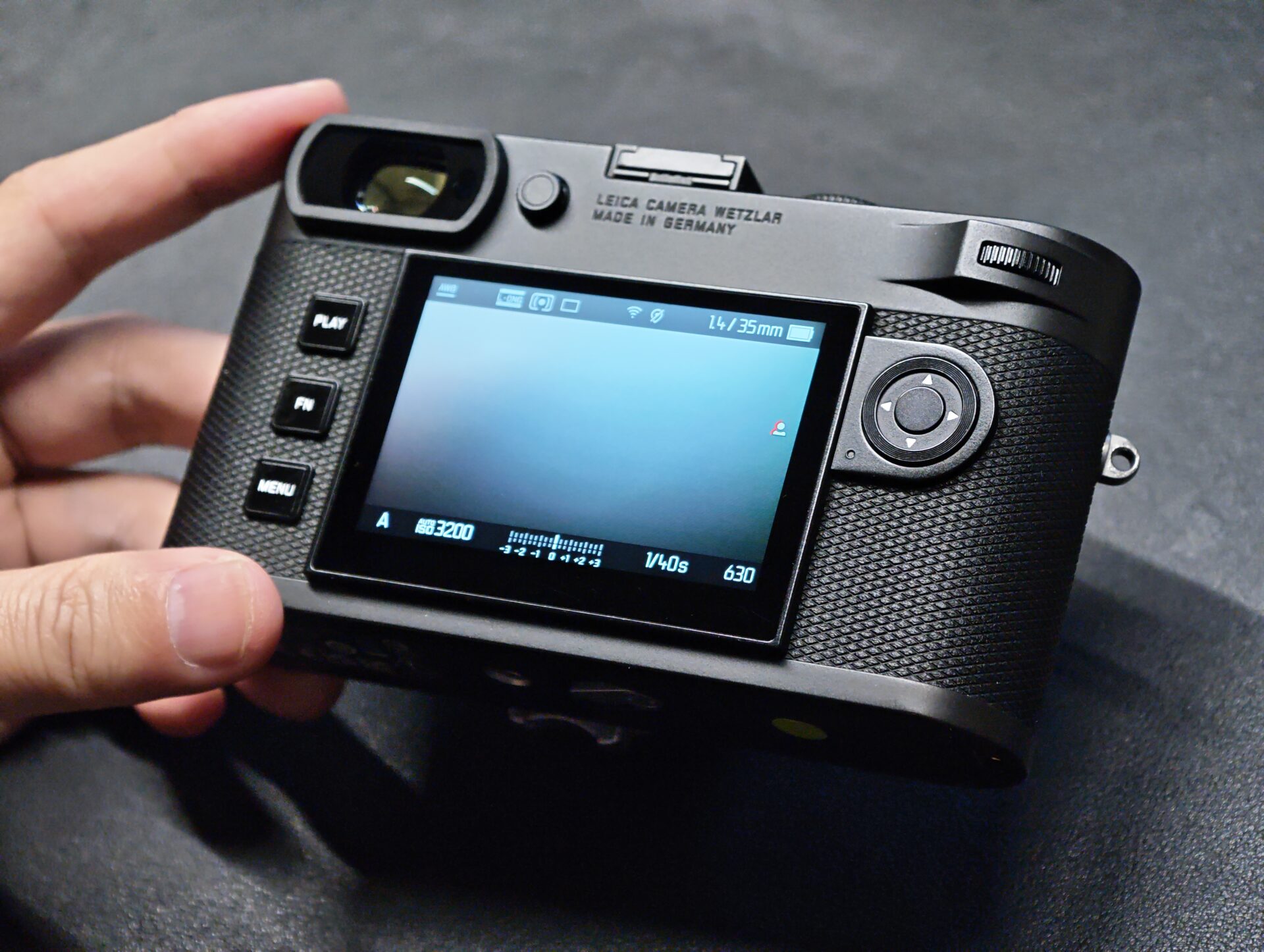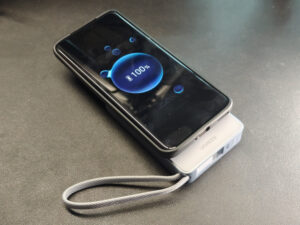If you are a fan of Leica’s M-System cameras, you’d instantly find a lot that is familiar with the new Leica M EV1. Well, it’s sort of same-same but different, since the new mirrorless camera launched recently does not come with a rangefinder.
Yes, it’s actually the first in the M range to do away with the rangefinder. Instead, you get an electronic viewfinder, rather than the traditional coincidental image focusing mechanism that has been the main feature of the M cameras.
Of course, you can still use your M-compatible lenses. Just note that the Leica M EV1 employs the same focus peaking method found in most other mirrorless cameras. This is the another important modern update.
What you do is turn a lens’ focus ring until a red halo outlines your subject – this highlights the areas that are in sharp focus before you fire away.
While some photographers struggle with the traditional coincidental image focusing method in optical viewfinders, the M EV1’s electronic viewfinder (EVF) is significantly easier to work. If you’re like me, long-sighted, this means you don’t need a diopter correction lens that a rangefinder camera might require.

Those accustomed to mirrorless cameras will feel right at home with the Leica M EV1 although it will take some time to transition from a full autofocus system to manual focusing on the M.
This means you might take longer than what you might be used to, for example with today’s advanced autofocusing systems in mirrorless cameras, DSLRs and even smartphones. The time taken also depends on the lens matched with the camera.
Having to deal with a slower focusing method may sound counter-intuitive when it comes to photography, where capturing the fleeting moment is the key to a great photo. Yet, setting up a camera properly and waiting for the moment to appear brings its own unique joy, much like a hunter waiting for their prey to come into view.


Using the Leica M EV1 also reminds me what I like about optical viewfinders over electronic versions. With an optical viewfinder, I can open both eyes more comfortably when I shoot, allowing me to monitor the area around the frame and be ready for the next possible “decisive moment” to capture. The slight lag on EVFs makes it a bit tougher to use this method.
And using focus peaking can be a hit-or-miss. Sometimes, a subject is assumed to be in the focus zone but images can turn out to be out of focus by a miniscule bit. It is best to use at least f2 in very dark shooting scenes.



On a positive note, the 5.76-megapixel EVF is sharp and bright, and the adjustable diopter range of -4 to +2 is a welcome touch for the short-sighted.
Even with my 200-degree right eye, there are no issues using the camera without glasses. The Leica M EV1 also simplifies manual focusing by automatically magnifying the centre of the frame, making it much easier to lock in critical focus.
Crucially, the new Leica camera retains most of features found on its rangefinder cousins. It comes with a 60.3-megapixel BSI CMOS sensor and 64GB of internal storage, which is sufficient for approximately 546 large DNG RAW format images or slightly more than 210 large JPEGs.
You can also crop in 1.3x or 1.8x in-camera by switching this feature on with the lever at the front of the camera. Good news is, you won’t lose too much resolution, thanks to the large sensor.
Note that the Leica M EV1 has a single SD card slot, and the image files from its massive 60-megapixel sensor require a robust card. Consider something like the UHS-II Sony Tough, just to be safe.


What about the build? As usual, you can expect Leica quality here. The imaging mechanism is protected by a full-metal housing made of a magnesium and aluminium body.
Holding the camera up, you will feel the full weight of 484g without a lens attached. Using a wrist strap, a neck strap, or a grip will be a good idea for prolonged shooting sessions.
The Leica M EV1 also supports the Content Authenticity Initiative (CAI), embedding a tamper-proof digital signature into each file to verify ownership and authenticity. This is a timely addition in an era of rampant image manipulation and AI-generated fakes.
As with all Leica M bodies, the S$11,950 Leica M EV1 is built primarily as a still photography tool. The rear screen is fixed, and there’s no dedicated video mode.
As an entry-level offering in the M-System range for Leica, the M EV1 is meant for photographers who want the M experience with a modern focusing aid, not a hybrid camera for vlogging or cinema work.
If you want a viewfinder that works straight out of the box and performs close to a modern mirrorless camera, the Leica M EV1 delivers. Just be prepared to give up the traditional rangefinder experience, the very element that has defined the Leica M camera.




